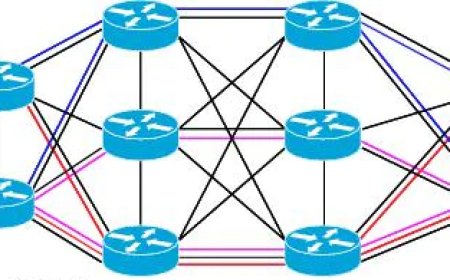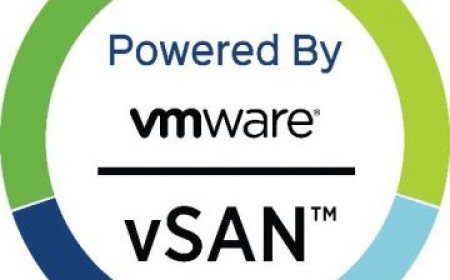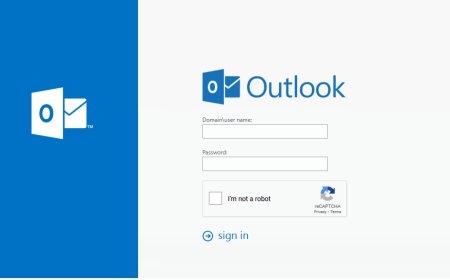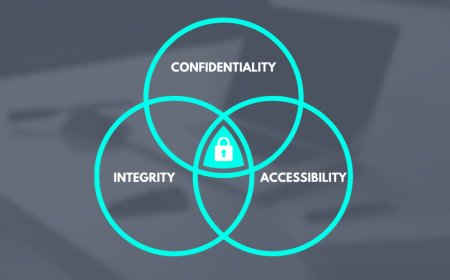What is DHCP and How DHCP works?
DHCP stands for Dynamic Host Configuration Protocol and here is how it works.
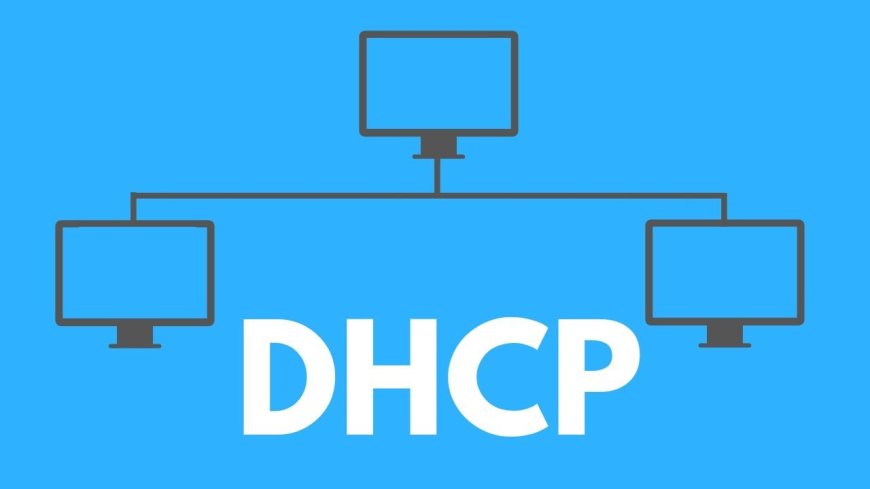
Computer networks can be of any form like a LAN, WAN etc. If you are connected to a local LAN or an internet connection, the IP addresses form the basis of communication over computer networks. An IP address is the identity of a host or a computer device while connected to any network.
In most of the cases when you connect your computer to a LAN or internet, you’ll notice that the IP address and other information like subnet mask etc are assigned to your computer automatically. Have you ever thought about how this happens? Well, in this article we will understand the concept of DHCP that forms the basis of this functionality.
What is DHCP?
DHCP stands for Dynamic Host Configuration Protocol.
As the name suggests, DHCP is used to control the network configuration of a host through a remote server. DHCP functionality comes installed as a default feature in most of the contemporary operating systems. DHCP is an excellent alternative to the time-consuming manual configuration of network settings on a host or a network device. It works on a client-server modela and it has its own set of messages which are exchanged between client and server. Understanding DHCP helps in debugging many network related problems.
DHCP Benefits
- Reliable IP address configuration: DHCP eliminates human error so that address conflicts, configuration erros or simple typos are minimized.
- Mobility: Users connect to your network from different locations wired or wireless. DHCP handles IP address changes without human interaction.
- Address Optimization: DHCP not only assign IP Addresses, it also takes them back. So it keeps you IP pool available.
- Eficient Change Management: It is easy to make changes on DHCP without disrupting end users. So network administrators are able to change the range and configuration easily.
Need to Know
- DHCP Server: The device or server in the network that automatically assigns IP address and other parameters to client devices. DHCP Server assigns:
- Temporary IP Address from the IP Address pool,
- Permanent IP Address to specific clients based on their MAC addresses.
- Network configuration parameters. (IP Address, Subnet Mask, Default Gateway, DNS Servers)
- DHCP Client: IP device connected in network that is configured to act as a host requesting configuration parametes such as IP Address.
- DHCP Relay: any TCP / IP host that forwards DHCP messages between servers and clients when the server and the client reside in different subnets. In a large network enviroment one DHCP server can serve all the clients in the entire network with the help of relay agents.
- IP Address Pool: Range of IP Addresses which are available to DHCP clients. Addresses are typically handed out sequentially from lowest to highest.
- Subnet: IP networks can be partitioned into segments known as subnets. Subnets help keep networks manageable.
- Lease: The length of time for which a DHCP client holds the IP address information is known as the lease. When a lease expires, the client must renew it. For Microsoft DHCP servers the default lease period is eight days.
- Default Gateway: This gateway is responsible for transferring data back and forth between the local network and Internet, or between local subnets.
- Subnet Mask: IP networking uses a subnet mask for separate the host address and the network address portions of an IP address.
- DNS Server: How DNS Works?
4 Steps of DHCP
1- Discover - Client broadcasts a message to discover a DHCP server
2- Offer - DHCP servers offer an IP address
3- Request - Client selects an offer and formally requests to use the IP
4- Acknowledge - The Server formally allocates the IP (and options) to the client
Visit for More:
DHCP Overview | Junos OS | Juniper Networks
What is DHCP and How DHCP Works? (DHCP Fundamentals Explained) (thegeekstuff.com)
DHCP defined and how it works | Network World
What's Your Reaction?









